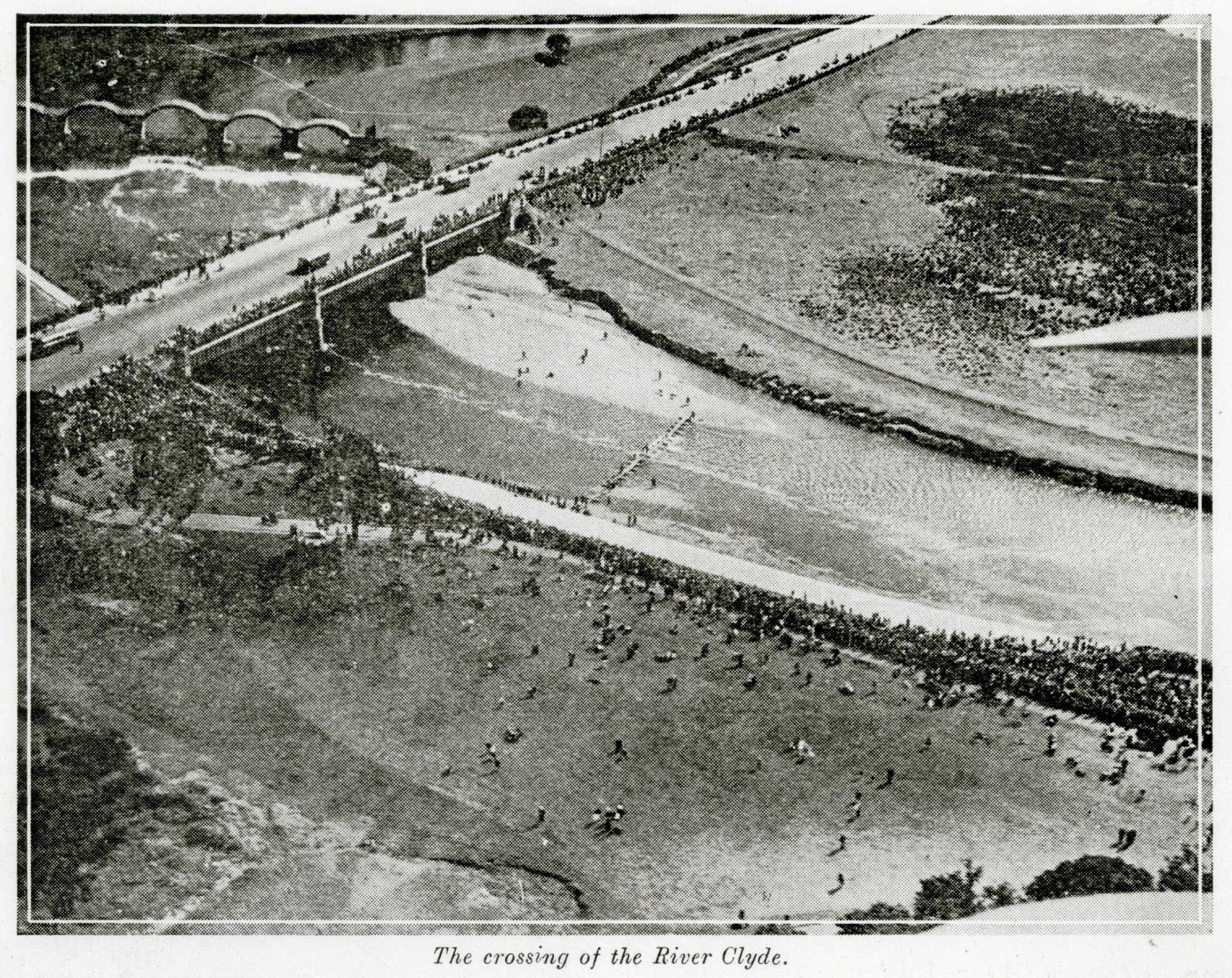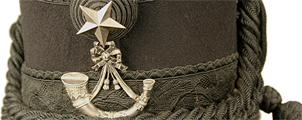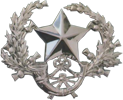The Battle of Hamilton 1936
The Battle of Hamilton, July 4th-5th 1936
On Saturday the 4th of July 1936, the 6th Territorial Battalion of the Cameronians (Scottish Rifles), with close air support from 602 “City of Glasgow” Bomber Squadron of the Auxiliary Air Force, fought their way across the River Clyde from Motherwell to Hamilton. Their objective: to retake Hamilton from an enemy force. The enemy had blown up the Clyde Bridge on the main road down from Motherwell, so the 6th Battalion had to construct a pontoon bridge and assault the banks of the Clyde on the Hamilton side before fighting their way into the town itself, all the while under hostile fire. Above them, the aircrews of 602 Squadron would attempt to suppress the enemy fire before attacking targets in Hamilton itself. A huge and complex undertaking for the part-time soldiers and airmen to attempt.
It sounds like the plot of an epic war film and in a way it was, for this was the huge mock battle that was staged as an exercise that summer. According to the press reports, it was one of the largest military exercises ever to be held in public in Scotland up to that point in time. An estimated 35,000 people would watch the exercise take place with crowds crammed onto the “blown up” Clyde Bridge watching the action unfold above and below them.
It was Lt. Colonel Galloway, the Hamilton Depot’s Commanding Officer, who had drawn up the exercise. The scenario was that war had broken out four days earlier. The “Westland” army, in retreat, had destroyed the bridge and seized a major ammunitions factory in the then village of East Kilbride. The men of the 6th Territorial Battalion under Lt. Colonel Kerr and 602 Squadron, then still under the command of The Marquis of Clydesdale, were the elements of the “Eastland” forces tasked with retaking Hamilton and establishing the Clyde bridgehead for the push onto East Kilbride itself. With the full cooperation of both Motherwell and Hamilton Town Councils, the free use of both the Motherwell Park and the Hamilton Low Parks were granted and an enclosure was built on one side for the family and friends of the soldiers taking part to watch from. It had been well advertised in the newspapers beforehand and many were keen to see their local soldiers at work, so huge crowds had gathered on the surrounding hillsides and on the bridge itself.
Among the crowd, albeit mostly ignored, was a small but vocal anti-war demonstration by members of the Communist Party, complete with a loudspeaker equipped van proclaiming “Mock war today, real war tomorrow!”
Arriving from their billets in Newmains, the 15 officers and 270 other ranks* prepared their kit at lunchtime, ready for the assault. After mustering at the Motherwell Drill Hall at 3.30pm, the men then moved out and assembled at their first objective, the Motherwell Park river bank, by 4.20pm. Today, the banks where the River Avon meets the Clyde are covered by dense trees and the M74 Motorway runs close to the Hamilton side. But in 1936 they were clear and open, a perfect location for a bridging assault.

Aerial photograph of the bridging operation as published in the Covenanter a few months later
The 101st Field Brigade, Royal Artillery gave them covering fire in the shape of smoke bombs to simulate the shellfire and the sleek, silver Hawker Hart biplanes of 602 Squadron swooped down and proceeded to lay a covering smokescreen. A kapok pontoon footbridge was then thrown across the Clyde by the men of D Company, a difficult task as the previous days rain had swollen the river considerably and strengthened the current. The bridge was constructed along the Motherwell bank and with men already in the water was swung out into the flow of the Clyde. Once it had been secured on the Hamilton bank, the men of A and C Companies ran across to secure the bridgehead. Their only casualty was a Sergeant who fell headlong into the river, much to the vocal and unsympathetic amusement of the spectators! The men of D Company were later singled out for fulsome praise for their skill and quick reactions in building and securing the bridge into place, despite the river conditions, by their commanding officers. The press reporters recorded that the crowds on the Clyde Bridge were quite taken by seeing the soldiers dressed merely in bathing costume, due to the length of time they had to spend in the water.
With A and C Companies safely across the Clyde the bomber crews of 602 Squadron now turned their attention onto the enemy positions in the town and the Low Parks as the Cameronians fought their way in. A series of low-level attack runs commenced to support the advancing troops, which would have been a spectacular sight and sound for the citizens of Hamilton. This must also have been a surreal moment for 602’s commanding officer, attacking the remnants of the Hamilton Palace which his father had inherited in 1895 on becoming 13th Duke of Hamilton and where he himself had spent part of his childhood. Thousands of rounds of blank ammunition were exchanged between the pilots and gunners and the anti-aircraft machine gunners on the ground, to their evident enjoyment! The Marquis of Clydesdale was of course well known for flying the first aeroplane over Mt. Everest in 1933, so the squadron and the regiment were both very much linked through their connections with the Douglas-Hamilton family. On board one of the Harts to observe the exercise from above was Major General Fortune, the then commanding officer of the 52nd Lowland Division.
An unplanned addition to the exercise then took place which was definitely not on Lt. Colonel Galloway’s schedule. The commotion caused by the low flying aeroplanes and gunfire had an unexpected effect on some in the Low Parks; a herd of the legendary white cattle grazing beside the Hamilton Mausoleum got so annoyed with the noise that a stampede then broke out in the direction of the troops. However, on encountering the men of the 6th Battalion, the cattle tactically withdrew back to the relative calm of the former Ducal resting place.
By 6.30pm all objectives had been achieved according to the exercise umpires, the 6th Battalion had secured Hamilton and had pushed out the enemy forces. For this the troops were rewarded with an issue of tea and pies! The men then fell in and with the Battalion Band at the front of the column they proudly marched off through Hamilton to camp for the night in the Cadzow Rifle Ranges. There, the men settled down for some fine evening entertainment in the shape of some competitive inter-company boxing bouts.
The following day, there was an inspection of trench fortifications prepared earlier in the week by the troops and demonstrations of section and platoon tactics and manoeuvres. This brought the exercise to an end and the Battalion was dismissed that afternoon to great praise and compliments from all of the senior officers present for a very successful two days of operations.
Peter Kerr, Low Parks Museum, 2018
*As quoted in “The Covenanter”, contemporary press reports said 400 men took part but this number might have included the Artillerymen and other regimental officers and personnel present.
Comments: 0



Leave a Reply